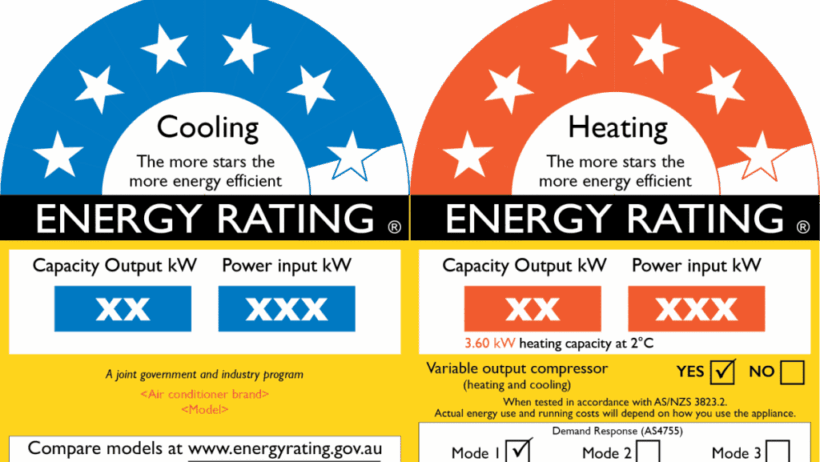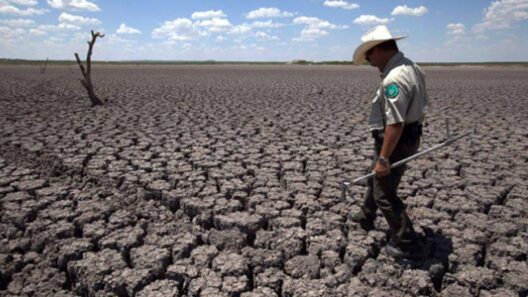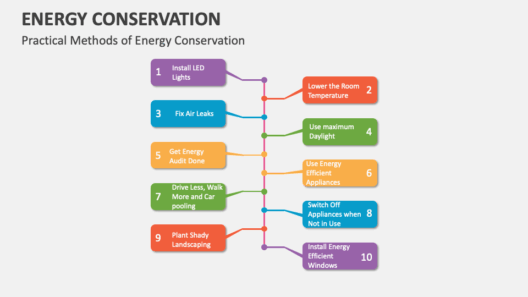As the seasons change, a familiar comfort is sought after: a perfectly tempered indoor climate that keeps us cozy in winter and refreshingly cool in summer. But have you ever considered the hidden costs associated with heating and cooling systems? Effective energy conservation hinges on utilizing efficient heating and cooling systems that not only meet our comfort needs but also contribute to significant savings. This dual-purpose approach raises a playful question: How can a simple switch in technology engender both comfort and savings in your home while simultaneously responding to the monumental challenge posed by climate change?
Consumers are increasingly aware that traditional HVAC (Heating, Ventilation, and Air Conditioning) systems can lead to exorbitant energy bills and hefty carbon footprints. As we grapple with environmental challenges, seeking sustainable alternatives becomes imperative. The crux of this matter lies in adopting energy-efficient systems that exemplify an astute balance between operational efficiency and environmental stewardship.
Firstly, understanding the technology behind these systems is crucial. Conventional heating and cooling methods often waste energy due to outdated technology or inefficient designs. In contrast, high-efficiency heating and cooling systems incorporate advanced features such as variable-speed compressors, smart thermostats, and multi-stage heating. These innovations operate at optimal levels, consuming significantly less energy while maintaining consistent indoor temperatures.
When contemplating upgrades, consider the installation of a heat pump. This ingenious system functions by transferring heat rather than generating it through combustion. In winter, a heat pump extracts warmth from the outdoor air and delivers it indoors. Conversely, during summer months, the roles reverse, and the heat pump expels indoor heat to the exterior. Utilizing renewable energy sources such as electricity generated by solar panels can further enhance the sustainability of this system.
The integration of smart technology in heating and cooling systems is another avenue towards energy conservation. Smart thermostats learn user preferences and behaviors, optimizing system operation according to real-time data. By adjusting temperatures based on occupancy and time of day, these devices can significantly reduce energy use without compromising comfort levels. Imagine coming home to a perfectly tempered environment, all while knowing that you’re contributing to energy savings and a healthier planet.
Next, it is vital to address the importance of regular maintenance and timely upgrades. Routine inspections ensure that heating and cooling systems operate efficiently. Dust and debris can accumulate, blocking airflow and forcing systems to work harder, thereby consuming more energy. Scheduling regular maintenance with a professional can mitigate these issues and enhance the longevity of your system.
Moreover, when contemplating upgrades or replacements, look for systems bearing the ENERGY STAR label. Products bearing this label meet stringent efficiency guidelines set by the U.S. Environmental Protection Agency. By choosing such systems, consumers can rest assured that they are investing in technology designed to minimize energy consumption and reduce greenhouse gas emissions.
One of the most immediate steps homeowners can take towards energy conservation is ensuring proper insulation in their homes. A well-insulated space reduces the workload on heating and cooling systems, leading to decreased energy use. Common areas for improvement include attics, basements, and even walls. Homeowners should assess and reinforce insulation to maintain desired temperatures and minimize energy leakage.
Additionally, the proper use of window treatments can contribute significantly to energy conservation. During the sunny months, shades or reflective films on windows can block excessive heat gain. In contrast, heavy curtains or thermal blinds can retain heat during colder months. These strategies allow for the nuanced management of indoor temperatures, balancing comfort with energy efficiency.
In conjunction with system upgrades and smart technology, awareness of individual energy use plays a pivotal role. Monitoring energy consumption through home energy audits can identify areas needing improvement or adjustment in usage. By understanding patterns and making gradual lifestyle shifts—such as reducing reliance on air conditioning during moderate temperatures—individuals can further enhance their efforts towards energy conservation.
Another dimension worthy of consideration is the impact of landscaping on energy consumption. Planting deciduous trees strategically around your property can provide natural shading, reducing the demand for cooling systems. During winter, those same trees allow sunlight to warm the home, contributing to an annual reduction in energy usage. The interdependence between architecture and nature creates a symbiotic relationship that optimizes both comfort and energy savings.
Interestingly, the adoption of energy-efficient systems is not just an individual responsibility. Community initiatives and government subsidies can facilitate a larger framework for energy conservation. Engaging with local energy efficiency programs can connect homeowners with financial incentives for upgrading their heating and cooling systems. Moreover, advocating for sustainable policies at the municipal level can foster broader community shifts towards energy efficiency.
In summary, adopting efficient heating and cooling systems offers a dual benefit—maximized comfort and minimized energy expenditures. Embracing technology, performing maintenance, and implementing smart habits yields transformational results. Each step taken in energy conservation represents a meaningful contribution to combating climate change. The challenge remains, then: will you embrace the opportunity to lead by example in your own home, demonstrating that comfort need not come at the expense of our planet? Through knowledgeable choices, we can all play a part in a sustainable future.







